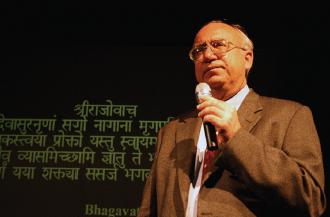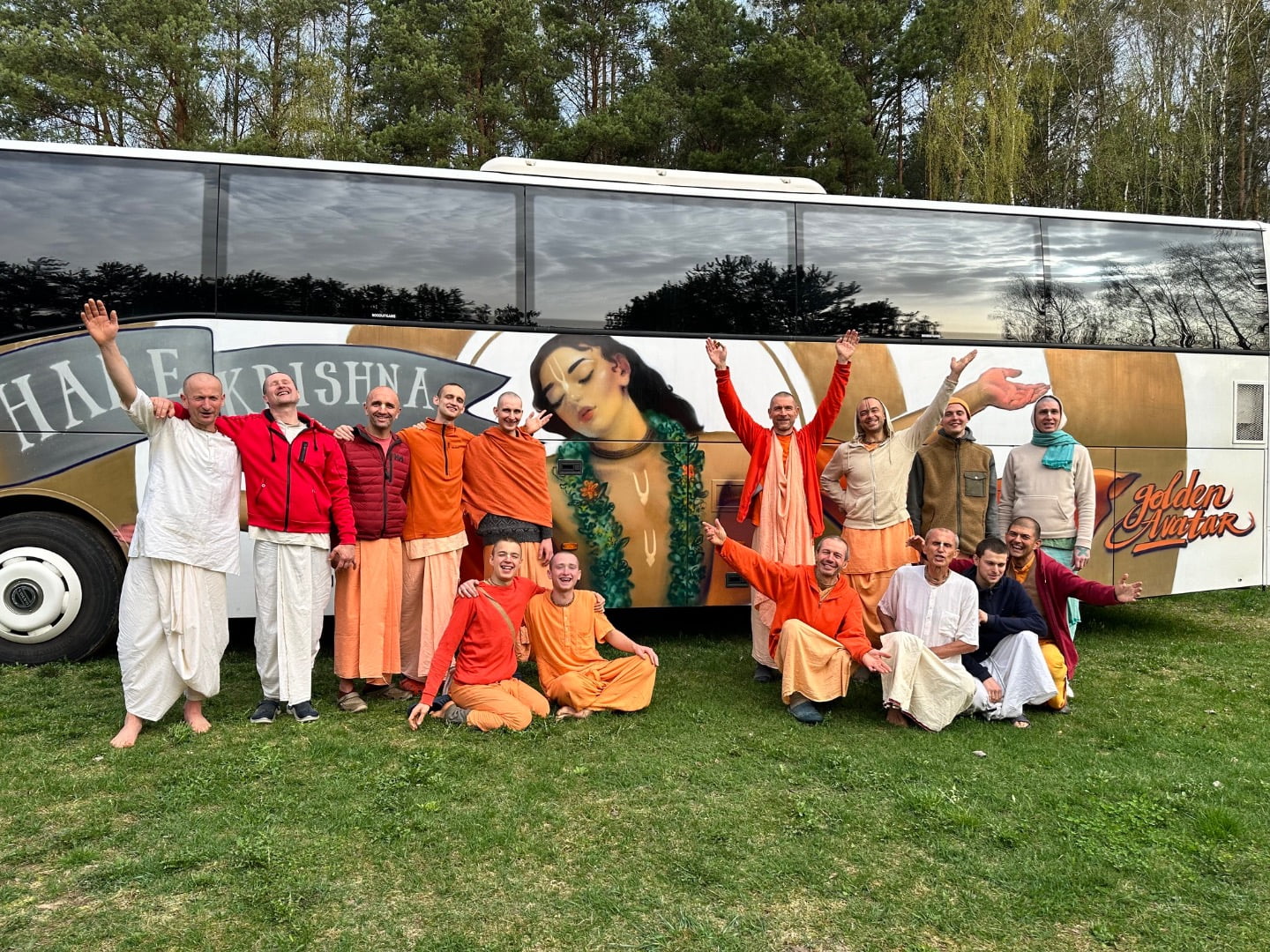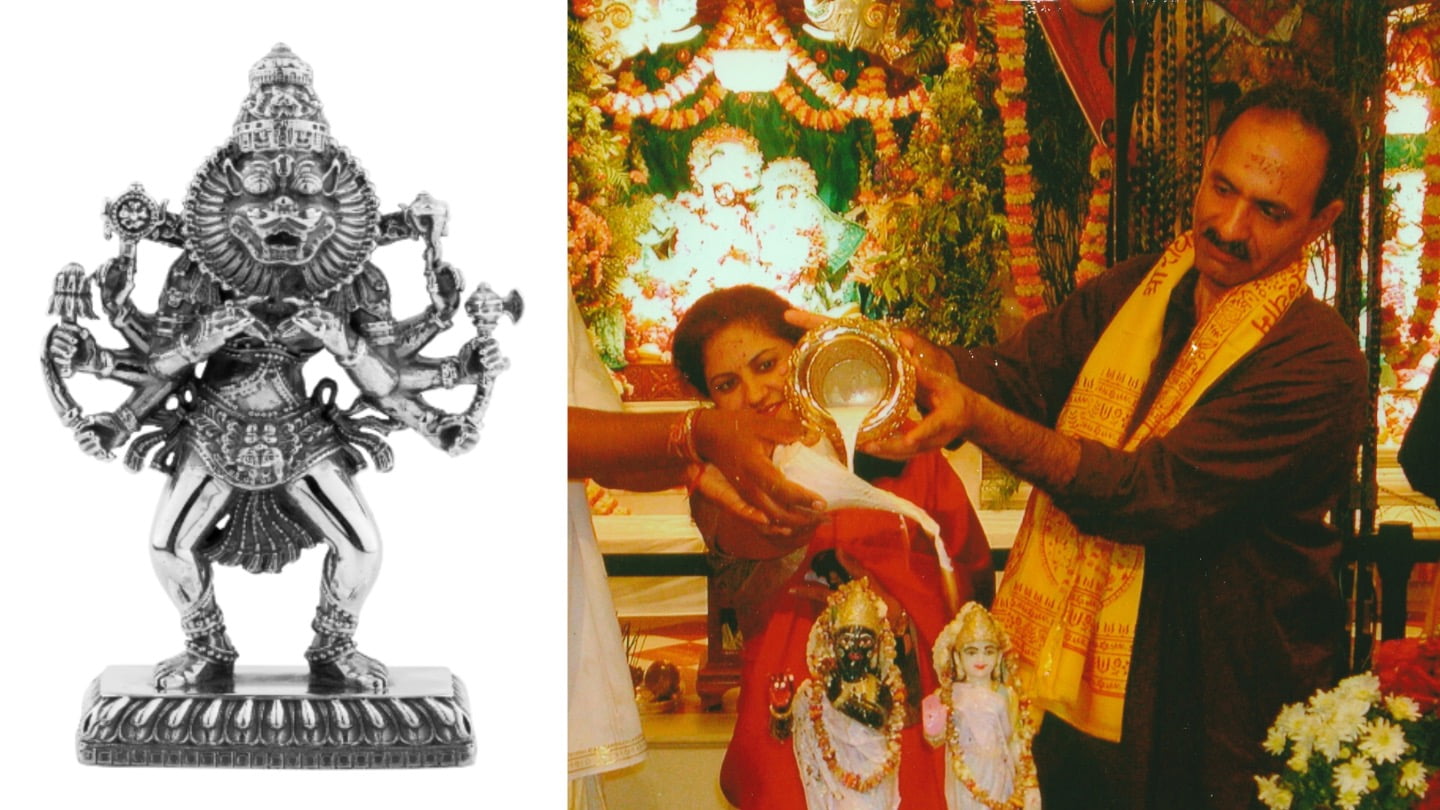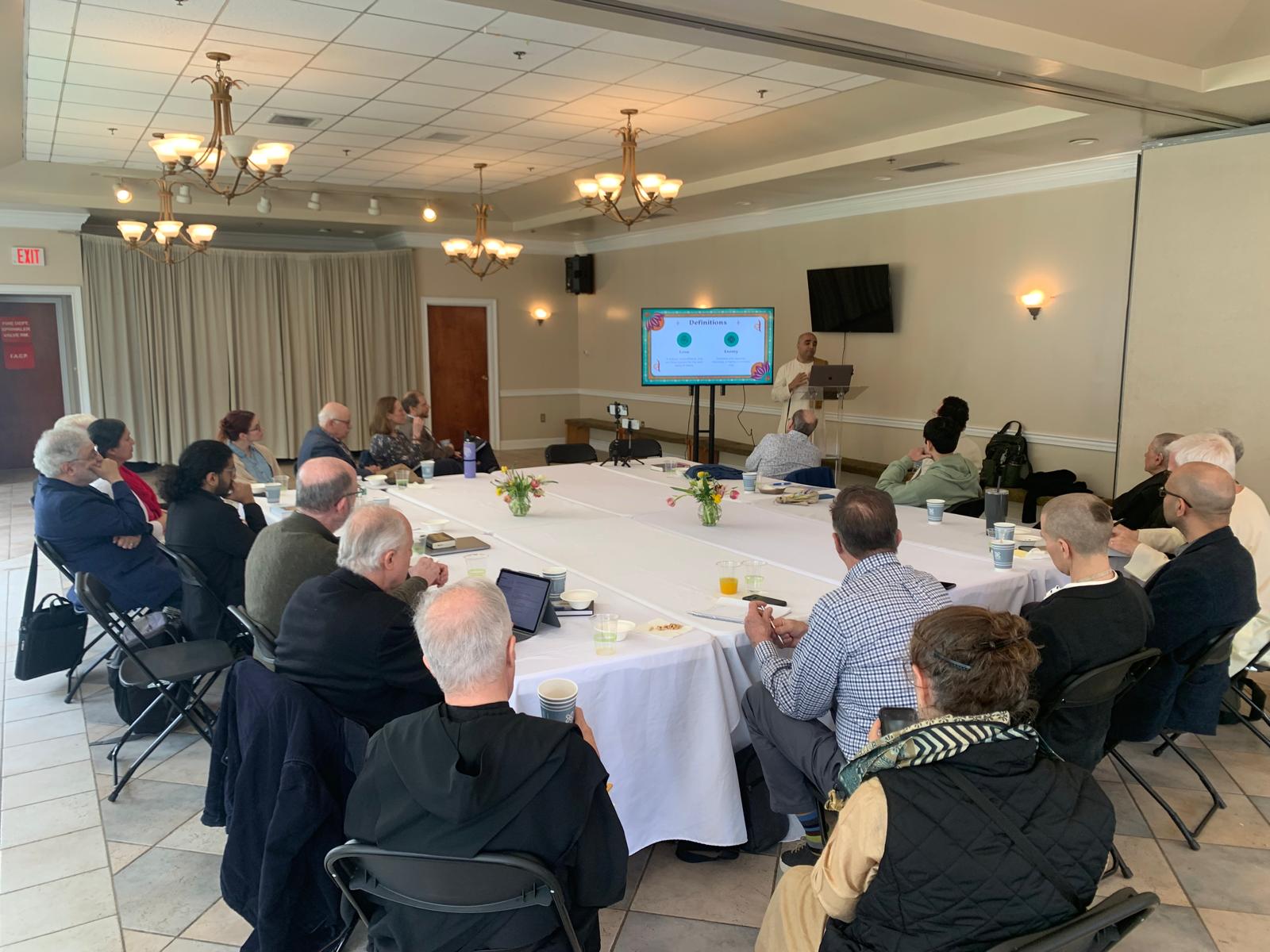Michael Cremo Brings Vedic Perspectives to the Scientific Table
By Madhava Smullen | Dec 14, 2012

A new book by Drutakarma Das (Michael Cremo) shows that it is possible to present Vedic perspectives on consciousness, human origins and human antiquity in modern scientific discourse.
Drutakarma joined ISKCON in 1973. Following the instructions of its founder Srila Prabhupada, he began to introduce Vedic concepts into the world of science and expose the shortcomings of materialistic theories. His books, including Forbidden Archeology and Human Devolution, have sold 300,000 copies in twenty-six languages.
His latest work, My Science, My Religion is a less populist effort, aimed more at the academic community. But it ties in perfectly with his mission.
The book is a collection of twenty-four papers that Drutakarma presented at major international scientific conferences, mostly on archeology, from 1994 to 2009.
It leads off with Puranic Time and the Archeological Record, a paper which Drutakarma presented at a 1994 meeting of the World Archeological Congress in New Delhi, India. In it he challenges Darwinian ideas about human origins and antiquity.
“The Puranas, the historical writings of ancient India, give accounts of human populations that existed on earth millions of years ago—far earlier than most modern scientists are prepared to accept,” he says. “My paper presented archeological evidence that supports that idea.”
As well as being accepted for the conference, Drutakarma’s paper was also selected for a peer-reviewed conference proceedings volume called Time and Archeology, published by Routledge.
Another of Drutakarma’s favorite papers from My Science, My Religion is based on his book Human Devolution, which suggests that contrary to Darwinian theories we did not evolve from matter, but rather devolved from spirit.
The paper is entitled The City of Nine Gates: A Complex Model for Mind Body Dualism from India’s Bhagavat Purana. It was presented at the Toward a Science of Consciousness conference in 1996, and utilized a parable from the fourth canto of Srimad Bhagavatam.
“Today, many scientists consider a human being just to be a machine made of molecules, and consciousness to be produced by a complex combination of molecules in the brain,” says Drutakarma. “It’s a very matter-based picture of what we are. But in my paper I was able to outline the Vedic view that we are originally beings of pure consciousness.”

Michael Cremo’s newest book’s cover
Drutakarma also enjoys presenting papers on the history of archeology in India, because they give him a chance to speak directly about Krishna. And My Science, My Religion contains several of these.
For example, at the International Association for the History of Religions World Congress in 2005, Drutakarma presented a paper entitled The Mayapur Pilgrimage Place, West Bengal, India: A Mandala of Peace and Ecological Harmony.
Another followed at the 2007 European Association of South Asian Archeologists. This was entitled Finding Krishna: 16th Century Archeological Activity by Vaishnava Saints in the Braj Mandal Region of Northern India.
In this paper, Drutakarma discussed the archeological excavation of lost Deities and sacred places in Braj Mandal by Sri Chaitanya Mahaprabhu and his followers the six Goswamis.
Lord Chaitanya, for example, rediscovered the long lost twin holy lakes Radha Kunda and Shyama Kunda. And Rupa Goswami excavated the Govindaji Deity, who had originally been installed 5,000 years ago by King Vajranabha and was lost during Mughal invasions.
“Most archeologists, even Indian archeologists, believe that archeology only started in India with the arrival of European travelers in the 17th century,” Drutakarma says. “But in my works I’ve shown that there was an Indian archeological tradition prior to that.”
Not only does Drutakarma’s comprehensive collection of papers make many fascinating points like this; but it also shows conclusively that Vedic alternatives to Darwinian theories can be part of the current scientific discourse.
He explains: “When some people hear talk about archeological evidence for humans existing millions of years ago, or evidence that consciousness can exist apart from the body, they say that it’s outside the boundaries of science.”
But the fact that Drutakarma has not only been invited to present papers on such subjects at major scientific conferences, but has had some of them published in peer-reviewed scientific journals, proves this idea dead wrong.
“Now I’m not going to suggest that everybody who hears me speak when I present these papers agrees with me,” he says. “I wouldn’t say that’s the case at all. But I think it’s significant that I’m able to present them in the first place. Because if ideas are going to change, then the very first step is that scientists should be willing to listen. And some of them are.”
My Science, My Religion (Torchlight, November 16, 2012) is available from http://mysciencemyreligion.com. For more information on Drutakarma Dasa’s works, please visit www.mcremo.com.














